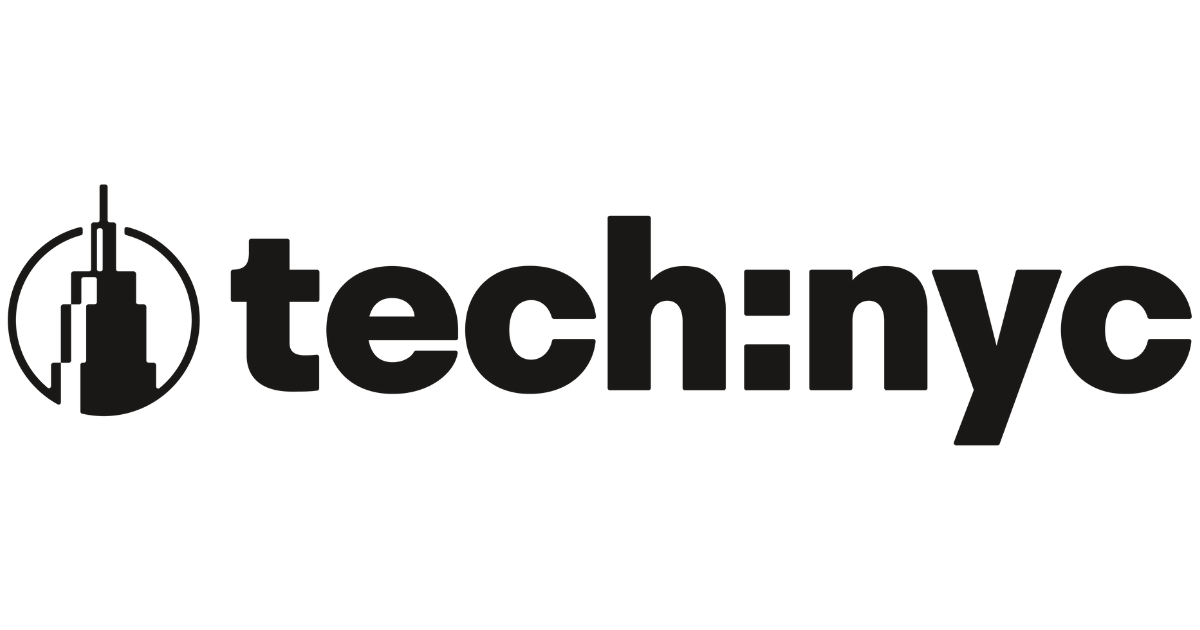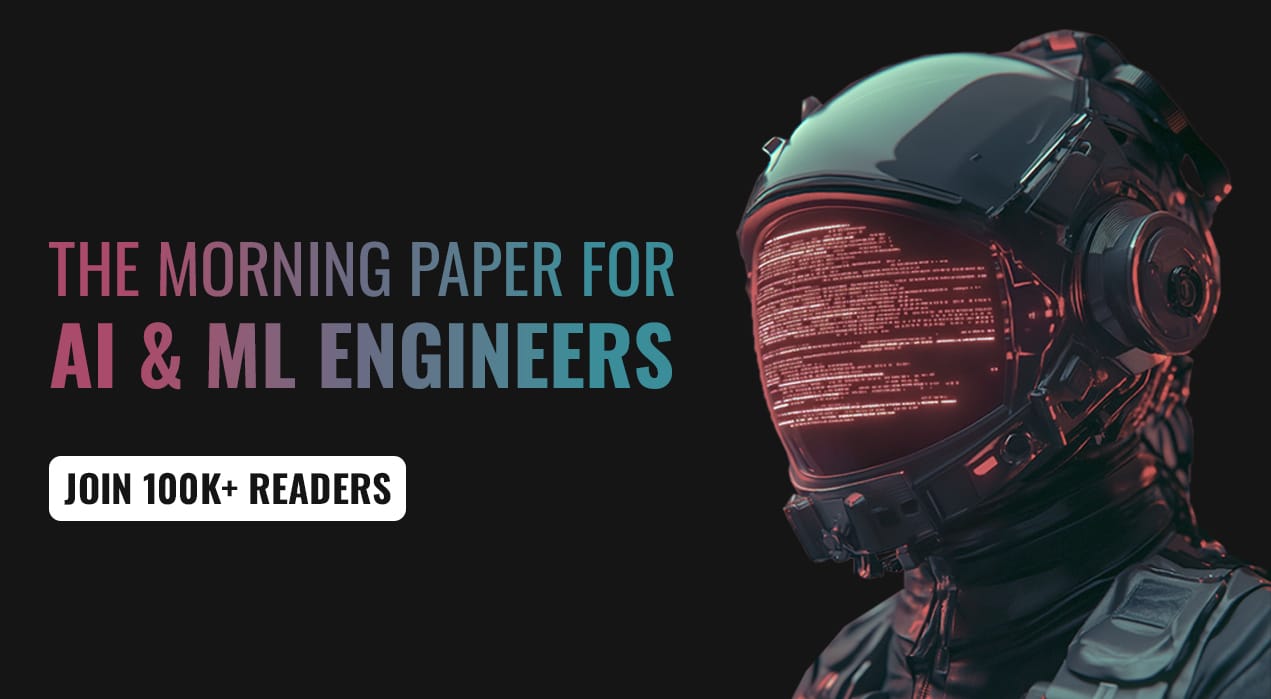- AtlasMoth Newsletter
- Posts
- New UX In Town
New UX In Town
The Socratic Designer

What 100K+ Engineers Read to Stay Ahead
Your GitHub stars won't save you if you're behind on tech trends.
That's why over 100K engineers read The Code to spot what's coming next.
Get curated tech news, tools, and insights twice a week
Learn about emerging trends you can leverage at work in just 10 mins
Become the engineer who always knows what's next
Hey, it’s Kushagra. Welcome to this week’s AtlasMoth drop.
Remember when responsive design dropped around 2010?
That one shift shattered everything I thought I knew about fixed layouts.
Back then, everything was 960 pixels wide, made for 1024×768 screens. Then suddenly, screens stretched, shrank, rotated, and we had to rethink what “design” even meant.
It felt seismic.
Now, I’m watching the same movie again, just with AI.
How do you feel about UX’s place in the AI era? |
💬 Building for people beyond borders? Book a call to explore more
Vibing While DesigningThis track gave me a serious boost—check out ‘Sclavia’ by Zooids🎵 |
The pattern behind every panic
Cengage Group says 46% of recent grads feel threatened by AI, and 52% question their workforce’s preparedness.
Every big shift from the early web to mobile to AI sparks the same anxiety. But those moments don’t erase what came before. They expand it.
As Nielsen Norman Group noted, UX job postings might have dropped to 70% of their 2021 levels, but that’s not extinction. It’s evolution.
The myth that UX is about “making things pretty” still lingers, but the real work of understanding humans, systems, and behaviour has just moved closer to the core of technology.

Notion
Tools change. Thinking endures.
Navigation didn’t vanish when GPS arrived.
It evolved from maps became apps, but spatial reasoning stayed.
UX is the same.
Wireframes and flows are giving way to shaping how AI integrates into human life. The medium shifts, but the muscle stays the same: translating behaviour into design.
Look at Apple’s Liquid Glass UI AI built into the OS, but gestures (tap, swipe, pinch) still feel familiar.
Or Gmail’s spam filter quietly does AI magic without ever saying “AI”.
That’s the new design goal: make it feel invisible.
Invisible UX = Deeper design
Tools like n8n or Flora AI make AI approachable through old-school interaction patterns, nodes, toggles, and sliders.
Adobe Firefly pairs text prompts with good old sliders. You still “feel” in control, even when the engine underneath is probabilistic chaos.
The principle?
Wrap the new inside the familiar.
Let users understand without needing to learn.
That’s not new UX.
That’s timeless UX.

n8n uses familiar UI patterns
Why AI design struggles = where the opportunity lies
91% of designers expect to use generative AI soon.
89% of companies say AI will impact their products within a year.
Yet only a third of teams are proud of what they’ve shipped.
That gap is our playground.
AI behaves unpredictably.
It’s not “search and results” anymore, it’s “context and probability”. So design now has to communicate confidence, uncertainty, and intent.
Amershi et al.’s research on human-AI interaction nailed it years ago:
clarity, uncertainty, feedback, correction, explanation, the same principles that made good UX before AI.
Information architecture isn’t dying either.
It’s just getting dynamic. Adaptive hierarchies, live structures, but someone still has to define the logic behind them.

Adobe Firefly
Tech moves fast, but you're still playing catch-up?
That's exactly why 100K+ engineers working at Google, Meta, and Apple read The Code twice a week.
Here's what you get:
Curated tech news that shapes your career - Filtered from thousands of sources so you know what's coming 6 months early.
Practical resources you can use immediately - Real tutorials and tools that solve actual engineering problems.
Research papers and insights decoded - We break down complex tech so you understand what matters.
All delivered twice a week in just 2 short emails.
The market’s not shrinking. It’s shifting.
McKinsey says 92% of companies plan to increase AI investment, but only 1% call themselves AI-mature.
That gap between ambition and capability?
That’s where UX designers thrive.
IDEO’s frameworks focus on AI enhancing human capability.
Frog Design talks about “convergent design” where digital, physical, and service blend.
This isn’t about knowing prompts. It’s about knowing people.
The designers who win next are the ones who can bridge ambition and empathy, who can explain why the AI should even exist.
Fact-based news without bias awaits. Make 1440 your choice today.
Overwhelmed by biased news? Cut through the clutter and get straight facts with your daily 1440 digest. From politics to sports, join millions who start their day informed.
Education is catching up slowly
Few talk about stakeholder alignment or ethical framing, the stuff senior designers actually need to lead.
That’s why classical UX still holds power.
Those foundations of IA, interaction design, and user research don’t fade. They flex.
30 Minutes Can Save YouGreat design doesn’t happen alone. One session can save you 10+ design iterations later. |
The Socratic Designer
AI floods us with answers.
The next generation of designers? They’ll be the ones asking the questions.

The Socratic designer emerges
The Socratic designer doesn’t just design screens.
They probe systems.
They ask:
What hidden assumptions shape this model’s output?
Where might confidence scores mislead?
What stays visible, and what fades into the background?
These aren’t new questions; they’re just new contexts.
What this means for your career
Nvidia’s CEO said it best:
“You won’t lose your job to AI, you’ll lose it to someone who uses AI.”
That’s the mindset shift.
It’s not about mastering every new tool; it’s about guiding how those tools shape human experience.
The edge comes from strategy, ethics, and systems thinking, not speed-clicking.
The takeaway
Every generation of designers faces a new wave.
The ones who stay afloat aren’t the ones chasing tools; they’re the ones staying curious.
Responsive design didn’t kill IA.
Mobile didn’t kill interaction design.
AI won’t kill UX.
It just demands we think harder, ask deeper, and design slower so the machines can move faster without losing the human plot.









Reply